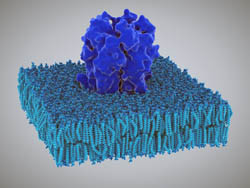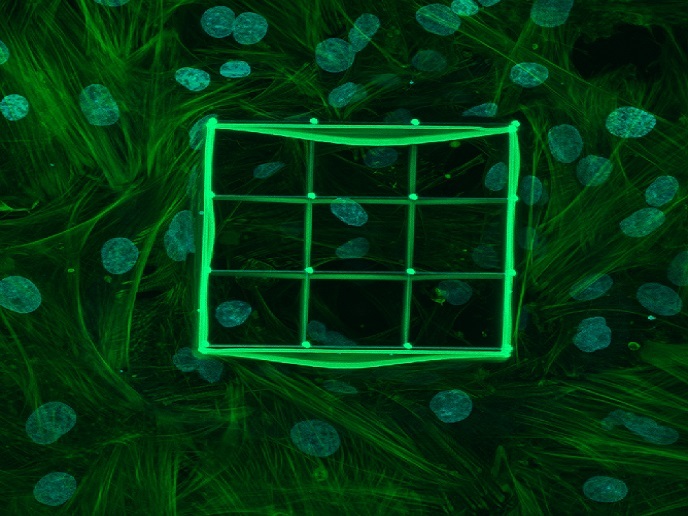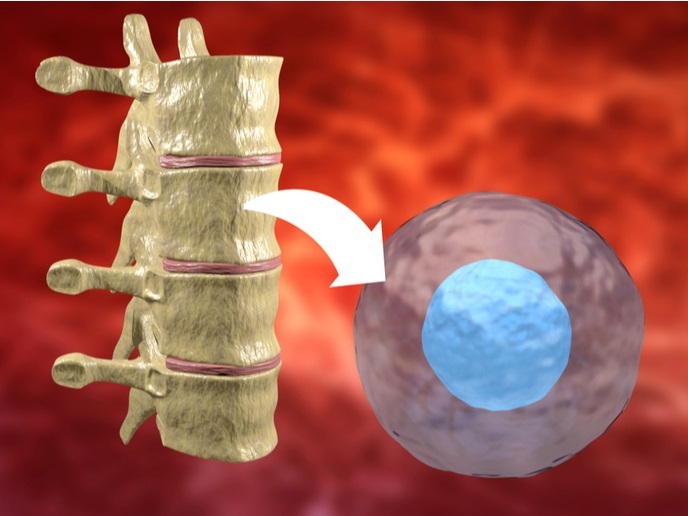Myasthenia Gravis: better knowledge on the causes, better diagnostic, and novel therapies
MG is a rare autoimmune disorder that affects the neuromuscular junctions, the sites where the nerves attach to the muscle to transmit information. Patients present with abnormal fatigue in various skeletal muscles, which significantly affects their quality of life. Existing therapies are not very effective and often cause uncomfortable side-effects. Seeking to address this, the EU-funded 'Myasthenias, a group of immune mediated neurological diseases: From etiology to therapy' (FIGHT-MG)(opens in new window) project performed an interdisciplinary investigation into the epidemiology, aetiology and pathological features of MG. A narrow collaboration between European clinicians, scientists and associations of patients allowed to establish a patient database with information on 4 300 MG patients, the largest collection in Europe, as well as to evaluate the quality of life of the patients. The main scientific achievements of the project are, first, the identification of several molecules involved in the pathology. To shed light on the genetic and environmental aetiology of the disease, researchers studied monozygotic twins. They found that the epigenetic profile was similar in the twins, even when they were discordant for the disease, but they also detected changes in gene expression that could explain disease onset in the MG versus healthy twin. The work of the consortium focused on molecules implicated in the immune response (IFN type I and TLR), on Th17 cells, on the immune regulator AIRE and on the oncogene VAV1. In a rat model of the disease, they could also detect an immunological imbalance between regulatory T cells and Th17 cells. Secondly, the characterization of the molecular events occurring in the muscle of the MG patients and MG animals. Using mouse models, researchers investigated the molecular pathogenesis of MG by observing morphological alterations in affected muscle. In humans, they identified deregulation in certain miRNA molecules and developed novel assays for the detection of autoantibodies and other serum biomarkers. New biomarkers of therapeutic significance were discovered that could be used to reliably predict the response to certain drugs. Thirdly, the development of innovative therapies. Researchers also developed novel molecular and cell-mediated therapies based on the use of regulatory T cells or mesenchymal stem cells. Treatment with epigenetic regulators or the administration of plasminogen mutant protein showed considerable efficacy in MG animal models. Taken together, the FIGHT-MG study sheds light on the mechanism of the disease and proposes new promising therapeutics. The more sensitive assays developed during the project should enable prompt diagnosis and help alleviate disease symptoms through early therapy.







